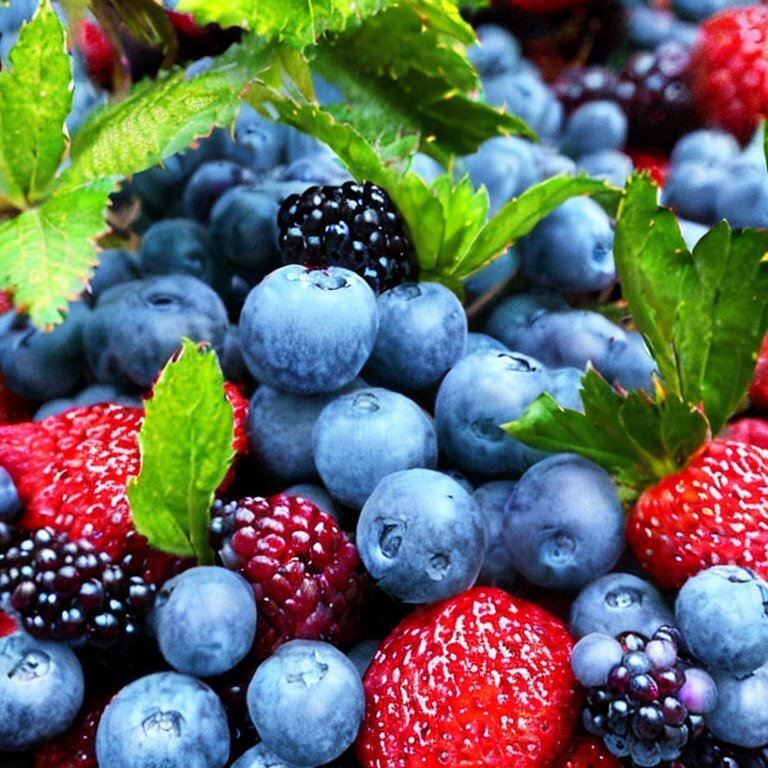
Berries are one of the most widely beloved fruits on the planet. They’re juicy, sweet, and come in all sorts of shapes, sizes, and colors. Berries are also incredibly nutritious, packed with vitamins, minerals, and antioxidants. If you’re looking to add some healthy options to your diet, berries are the way to go.
In this post, we’ll explore 30 different berry varieties, from A to Z. (You can also find a list of fruits from A to Z and Alphabetical List of Fruits and Vegetables from A-Z)
Berry Fruits from A to Z
Here’s a list of different types of berries from A to Z, with descriptions of each!
Acerola
Starting with “A”, we have Acerola, also known as the Barbados cherry. This little red fruit is native to the Caribbean and South America and is renowned for its high vitamin C content. Just one Acerola berry contains up to 20 times the recommended daily value of vitamin C! It’s also a good source of calcium, iron, and vitamin A.
Blackberries
Next up, “B” is for Blackberries. These juicy treats are sweet with a tangy twist, making them the perfect snack. They’re low in calories, but high in vitamins C and K, fiber, and antioxidants.
Bilberries
“B” also stands for Bilberries, small blue-black berries found in Europe and Asia. These sweet and slightly tart fruits are delicious in jams, pies, and compotes. Bilberries are also rich in vitamins C and K, antioxidants, and other nutrients.
Cranberries
Moving on to “C”, we have Cranberries. These tart little berries are often used in sauces, jams, and other products. They’re a great source of vitamins C and K, fiber, and antioxidants.
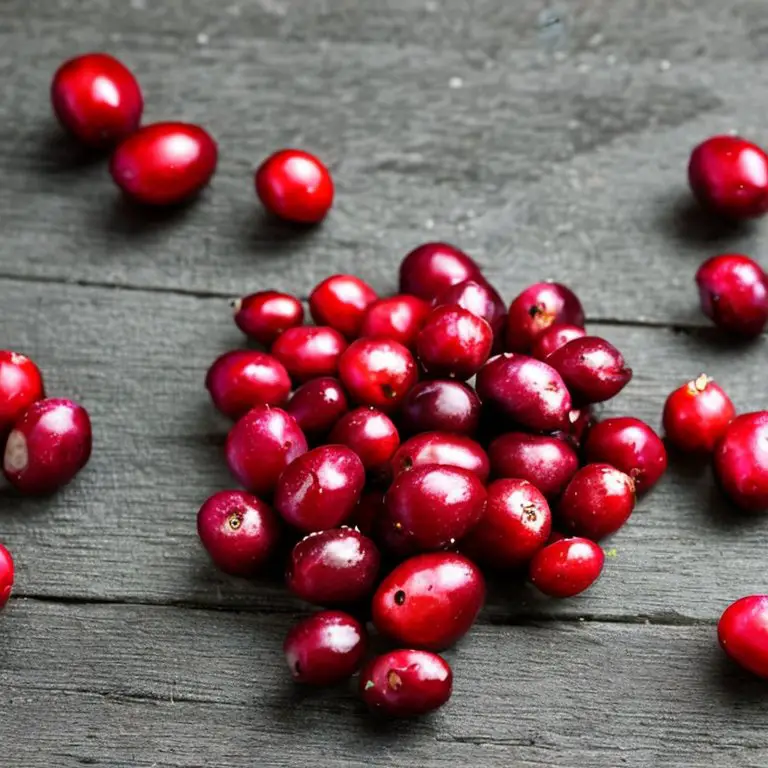
Cranberries are also believed to have various health benefits, including reducing the risk of urinary tract infections and improving heart health.
Dogwood Berries
“D” is for Dogwood Berry. This small, red berry is native to North America and is a good source of vitamin C and antioxidants. It’s often used in Native American cuisine.
Elderberries
“E” stands for Elderberries, dark purple berries commonly used in teas, syrups, and other products. Elderberries are a great source of vitamins A and C, fiber, and antioxidants. They’re also believed to improve the immune system and reduce the severity of cold and flu symptoms.
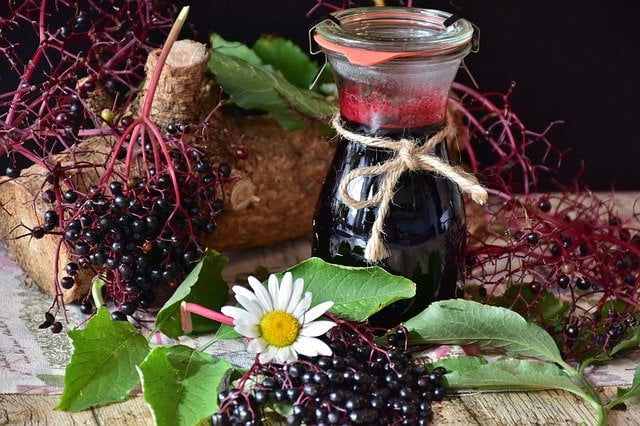
Goji Berries
Continuing with “G”, we have Goji Berries, small red berries native to China. These berries are a good source of vitamins A and C, fiber, and antioxidants, and are often used in teas, smoothies, and other healthy snacks.
Gooseberries
Next, we have Gooseberries, small green or red berries found in Europe and Asia. These tart fruits are a good source of vitamin C, fiber, and antioxidants, and are often used in jams, pies, and baked goods.
Honeyberries
Honeyberries are small, blue-colored berries native to Asia. They have a sweet and slightly tangy flavor, and are a good source of vitamins A and C, fiber, and antioxidants. They’re often used in jams, pies, and baked goods.
Huckleberries
Huckleberries, on the other hand, are small and tart and found in North America. They taste similar to blueberries and can be eaten raw or used in baking, preserves, and jams. Huckleberries are rich in antioxidants, vitamins, and minerals.
Indian Gooseberries
Next, “I” is for Indian Gooseberry, also known as Amla. This small, green berry is native to India and is a great source of vitamin C, fiber, and antioxidants. It’s often used in Ayurvedic medicine.
Jostaberries
Jostaberry is a hybrid berry with a tart taste, resulting from a cross between a black currant and a gooseberry. This unique fruit packs a punch of vitamins C and K, fiber, and antioxidants.
Juneberries
Juneberries, also known as serviceberries, boast a sweet and almond-like flavor. These North American native berries can be found in pies, jams, syrups, and are a rich source of vitamins, minerals, and fiber.
Kiwi Berries
Kiwi berries, hailing from China, offer a sweet and tangy flavor that is perfect for salads, smoothies, and healthy snacks. These small green berries are a great source of vitamins C and K, fiber, and antioxidants.
Loganberries
Loganberry, a cross between a blackberry and a raspberry, is known for its unique tart-sweet flavor and is often used in jams, syrups, baked goods, and more. This hybrid fruit boasts high levels of fiber and antioxidants, as well as vitamins C and K. These larger and softer berries are a popular ingredient and the plant is recognized for its hardiness in home gardens.
Lingonberries
Lingonberries, native to Northern Europe and North America, are small and tart berries that are a staple in Scandinavian cuisine. These berries are often used in jams, sauces, syrups, and are rich in vitamins, minerals, and antioxidants with potential anti-inflammatory and anti-cancer properties.
Mulberries
Mulberries, with a sweet and juicy flavor, are native to Asia and Europe. Often used in jams, syrups, and baked goods, these berries are abundant in vitamins, minerals, and antioxidants, and may have anti-inflammatory and anti-cancer properties.
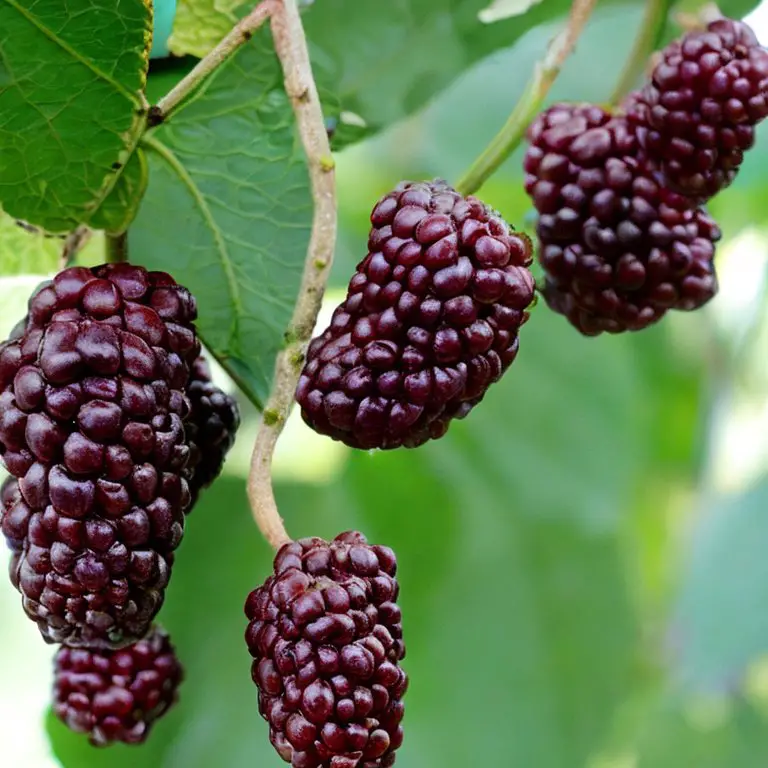
Nectarberries
Nectarberries, found in South America, are small and sweet with a juicy flesh that makes them a great addition to smoothies, baked goods, and desserts. These berries are also a good source of vitamins C and E, antioxidants, and other nutrients.
Nannyberries
Nannyberries, native to North America, offer a sweet and slightly tart flavor that is perfect for preserves, jams, and syrups. These small tart berries are rich in vitamins, minerals, antioxidants, and fiber.
Olallieberries
Olallieberries, a hybrid of blackberries and raspberries, are large and sweet berries with a juicy flavor that are often used in baked goods, jams, and syrups. These berries are high in vitamins, minerals, antioxidants, and fiber.
Oliveberries
Oliveberries, the small round fruit of the olive tree, are a staple in Mediterranean cuisine. Ranging from green to black, they offer a balanced taste of bitter and nutty flavor with the oil they contain. Oliveberries can be found in sauces, dips, and salads.
Quaberries
Quaberries, native to South America, offer a sweet and tangy flavor that is similar to a cross between a raspberry and a blackberry. These berries are perfect for smoothies, yogurt, and ice cream and are a good source of vitamins C and E, as well as antioxidants.
Raspberries
Raspberries, sweet and juicy, are native to Europe and Asia and have a delicate sweet flavor that is great for desserts, jams, and compotes. These berries are also a good source of vitamins C and K, as well as antioxidants and other nutrients.
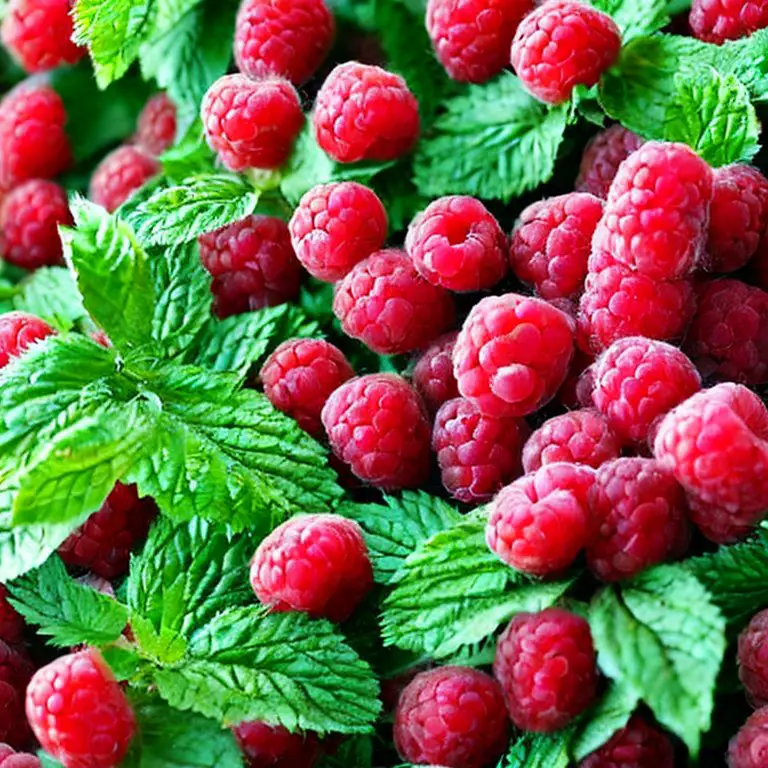
Strawberries
Strawberries, sweet and juicy, are native to Europe and Asia and boast a sweet and fruity flavor that makes them perfect for desserts, smoothies, and salads. They are also a good source of vitamins C and K, as well as antioxidants and other nutrients.

Teaberries
Teaberries, native to North America, are small and tart with a sweet and slightly tart flavor that is often used in jams.
Ugli Berries
These unique citrus fruits hailing from Jamaica boast a tangy-sweet taste similar to tangerines. Their versatility shines in smoothies, juices, and salads, and they pack a nutritious punch with vitamins C and A, along with antioxidants and other essential nutrients.
Wild Blueberries
Plucked straight from the wilds of North America, these tiny, sweet, and juicy berries boast a fruity flavor that’s perfect for enhancing smoothies, yogurt, or baked treats. Packed with vitamins C and K, antioxidants, and other nutrients, wild blueberries are both delicious and good for you.
Xigua Berries
Hailing from China, Xigua Berries are the sweet and juicy treat that brings the taste of watermelon to your smoothies, juices, and salads. Not only are they a delightful addition to your diet, but they also contain essential vitamins and antioxidants that are beneficial to your health.
Yellow Gooseberries
The Y in yellow Gooseberries stands for their distinctive, sun-kissed hue. These tiny tart treats, a variety of gooseberry, offer a satisfying combination of tang and sweetness, perfect for pies, jams, syrups, and more. Not only do they tantalize your taste buds, but they also provide ample amounts of vitamins C and K, fiber, and antioxidants to keep you feeling vibrant and healthy.
Zinfandel Berries
Zinfandel Berries, on the other hand, are small juicy delights that play a vital role in the creation of the famous Zinfandel wine. These sweet and fruity berries not only offer a burst of flavor, but they also contain valuable antioxidants and other vital nutrients to keep you feeling good inside and out.
Other Berry Lists
- Berries that Start with A
- Berries that Start with B
- Berries that Start with C
- Berries that Start with M
- Berries that Start with S
- Berries Lists A-Z
Final Thoughts
There’s a wide variety of berries to choose from, each with its own unique flavor and health benefits. Add a few of these to your diet and enjoy the sweet, juicy taste while reaping the nutritional rewards.
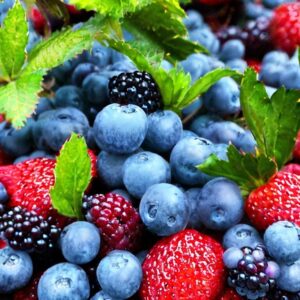
List of Berries A to Z (Names of Berry Fruits)
Ingredients
- Acerola
- Blackberries
- Bilberries
- Cranberries
- Dogwood Berries
- Elderberries
- Goji Berries
- Gooseberries
- Honeyberries
- Huckleberries
- Indian Gooseberries
- Jostaberries
- Juneberries
- Kiwi Berries
- Loganberries
- Lingonberries
- Mulberries
- Nectarberries
- Nannyberries
- Olallieberries
- Oliveberries
- Quaberries
- Raspberries
- Strawberries
- Teaberries
- Ugli Berries
- Wild Blueberries
- Xigua Berries
- Yellow Gooseberries
- Zinfandel Berries
Lance has been passionate about the plant-based diet and we have been following a whole food plant-based diet for over 5 years. We focus on health, natural healing, weight management, animal rights, and the health of the planet and environment by focusing on whole plant-based foods and sustainable practices.
Learn more at the About Me page and follow on social media at the links below.






